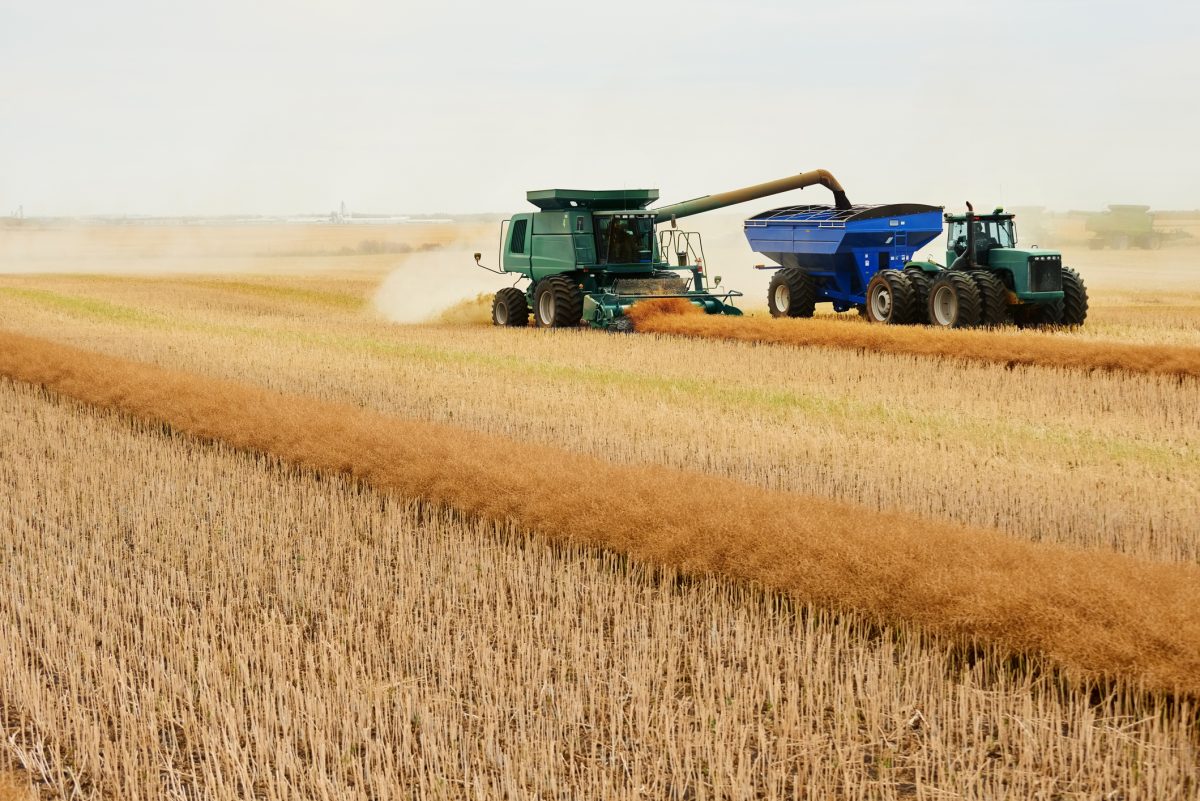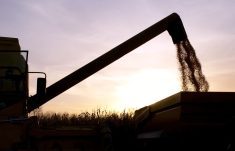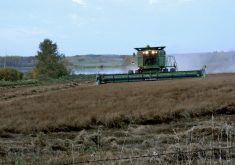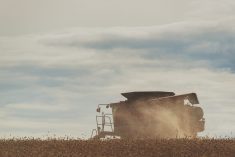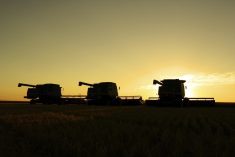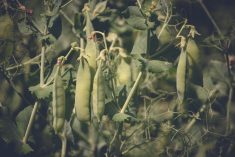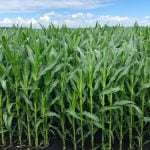Glacier FarmMedia — Wind, rain and even snow did not prevent Manitoba growers from nearing completion of the province’s harvest.
Manitoba crops were 93 per cent combined as of Oct. 13, six points more than the previous week, said the province’s weekly crop report released on Oct. 15. All regions saw at least 14 millimetres of precipitation while snow accumulated in parts of the northwest. The Pas received the most precipitation at 65.7 mm. Winds exceeding 60 kilometres per hour were also felt in most regions. Nevertheless, harvest progress in all regions ranged from 91 to 98 per cent.
Read Also
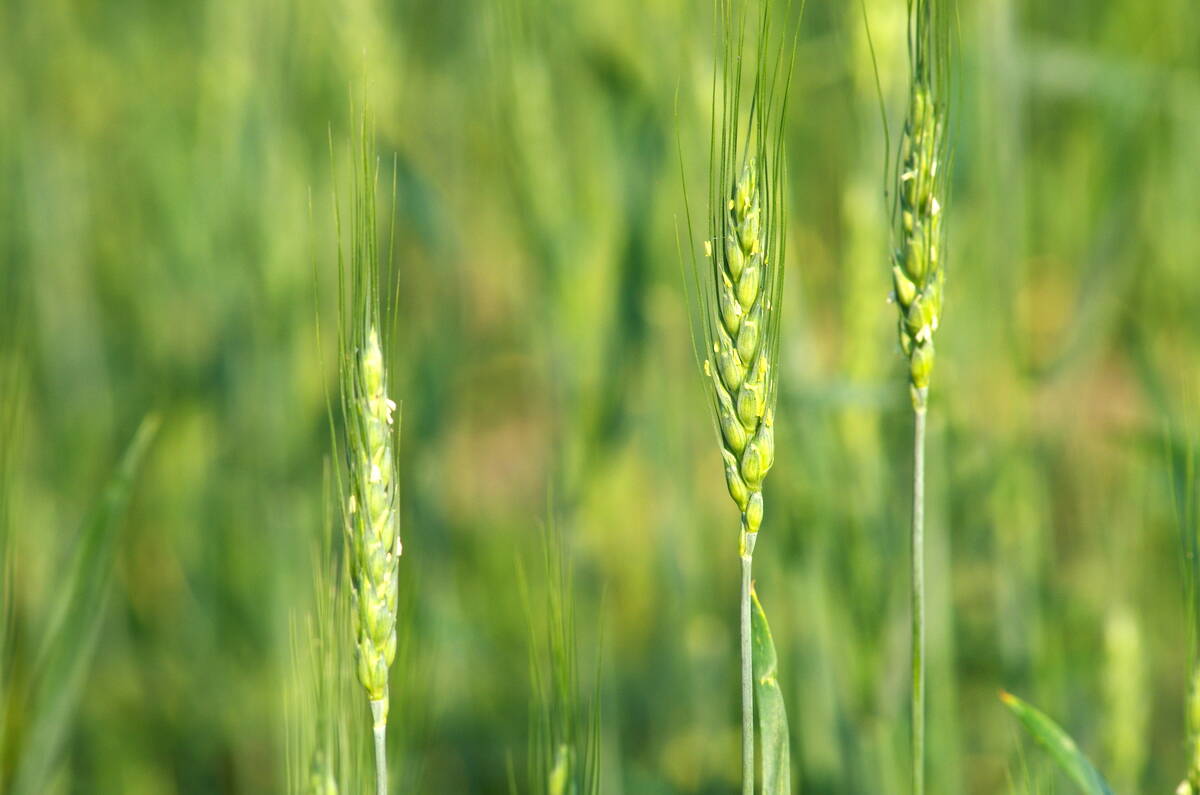
California researchers create nitrogen-fixing wheat
U.S. crop breeders have created a wheat variety capable of creating its own nitrogen fertilizer.
The barley and oat harvests were 99 per cent complete, while canola and dry beans were 96 per cent finished. Soybeans were 90 per cent complete while potatoes were at 84 per cent. Silage corn and flax were at 77 and 76 per cent, respectively, while grain corn lagged at 42 per cent and sunflowers trailed all crops at 17 per cent.
Winter cereal planting is complete with most of them in the three-leaf stage. Spring wheat yields averaged 60 bushels per acre with some fields showing yields up to 90 bu./ac. Barley yields ranged from 65 to 110 bu./ac., while oats ranged from 110 to 130 bu./ac. However, wet harvest conditions have caused a loss of quality in spring cereals.
Canola yields averaged 45 bu./ac. in a range of 30 to 70 bu./ac. The field pea harvest yielded an average of 60 bu./ac. from a range of 30 to 75 bu./ac. The soybean harvest continued with yields between 30 to 55 bu./ac. Meanwhile, the sunflower harvest was delayed due to producers waiting for them to dry.
Producers with cereal silage and native/slough hay are fighting wet conditions to wrap up their harvests. Producers are also encouraged to use management practices to promote and maintain snow cover for insulating alfalfa crowns in the winter. Pastures are now dormant with livestock now feeding on stockpiled forages, crop residue and regrowth or supplemental feed.
Livestock operations have begun weaning, but rains caused muddy conditions in pastures and corrals. Most producers have acquired sufficient amounts of feed for the winter, while hay and straw bales were being moved to wintering areas. Manure was also being spread out onto fields.


